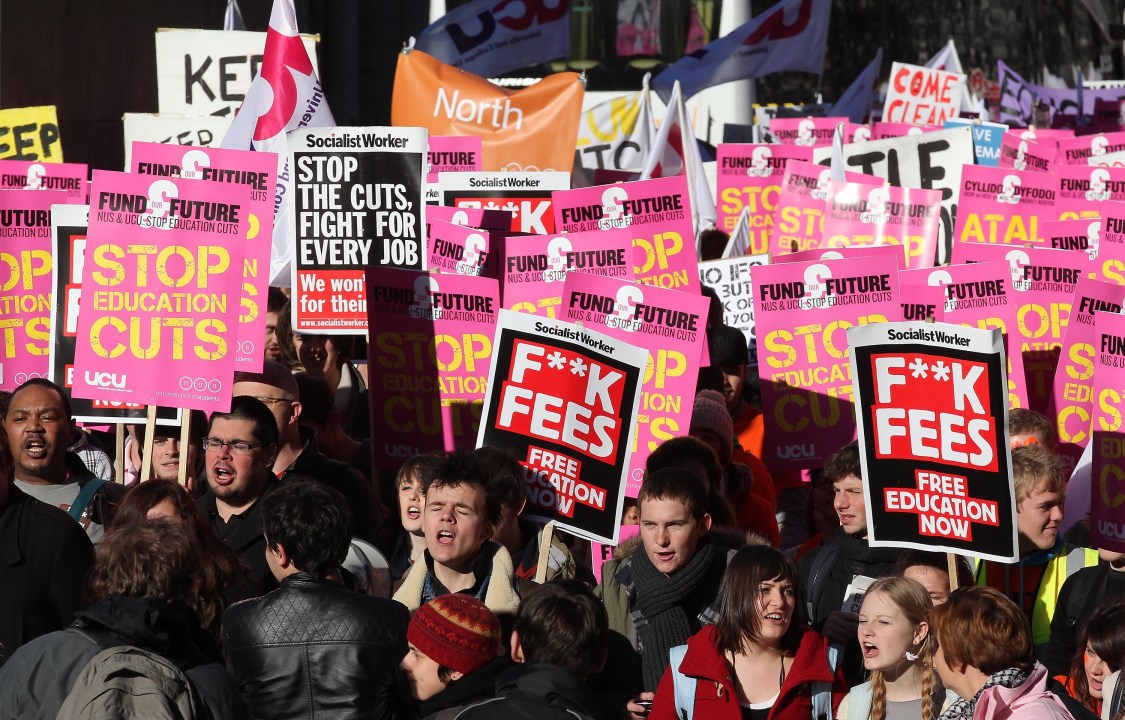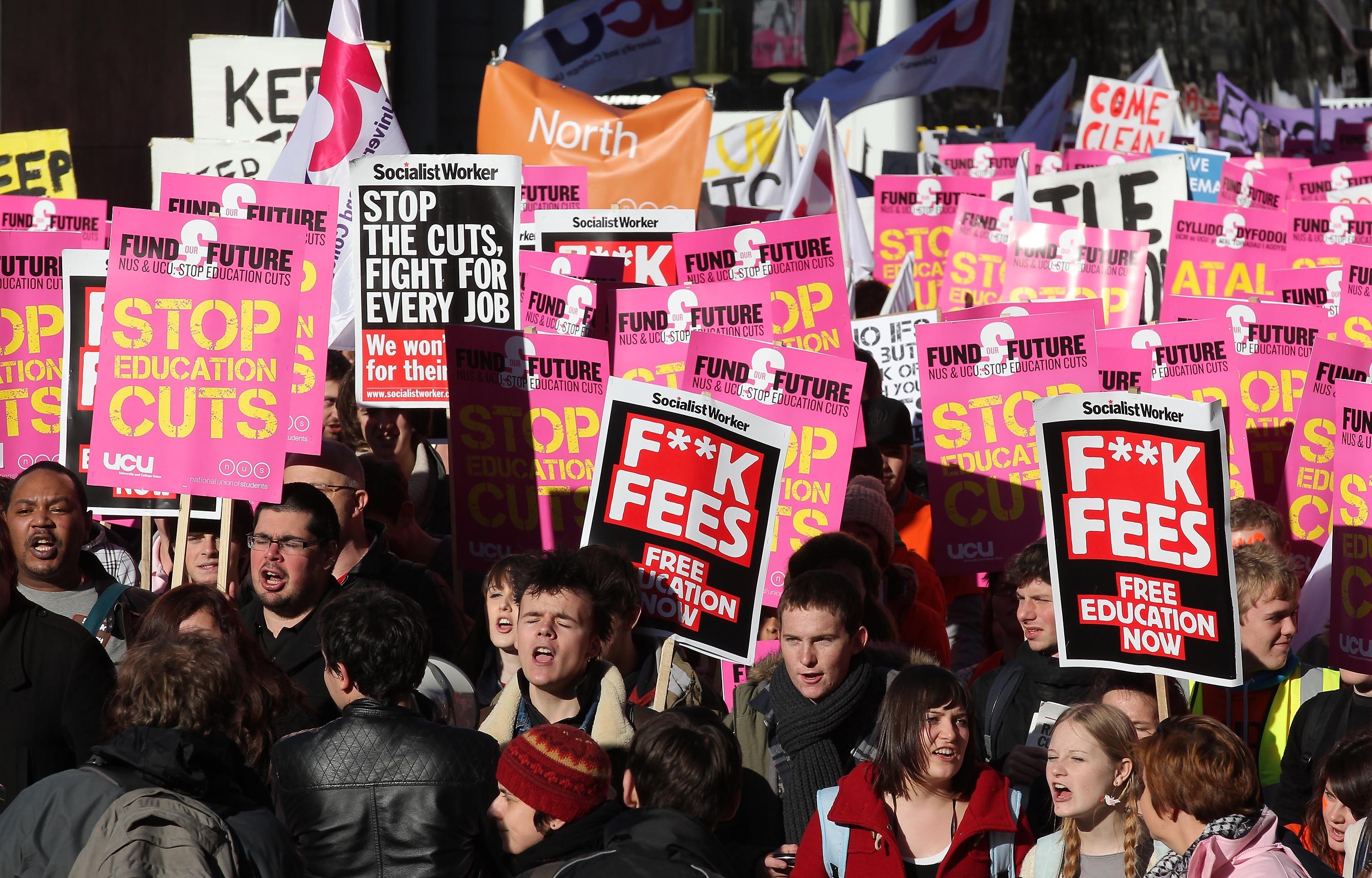The coalition’s tuition fee rise will put young people from poor backgrounds off applying to university — or so we were told by Labour and the National Union of Students. But now we can actually put that claim to the test. UCAS today revealed how many of that first year group to be affected by the rise have applied to university.
So what does those number tell us? Looking at the headlines resulting from the release, you’d be forgiven for thinking that Team Miliband have been vindicated. ‘University applications plunge 9% after tuition fees are trebled,’ proclaims the Daily Mail. ‘Thousands give up on university because of tuition fees,’ says the Telegraph. And the BBC: ‘UK university applications down as fees rise’.
But a closer look at the numbers reveals a different picture entirely.
First up, the fall that’s fuelling the headlines — 462,507 UK-domiciled applicants in 2012, down from 506,388 in 2011 — isn’t all that dramatic when put into a wider
context. 462,507 still represents an 8.8 per cent increase on 2009.
But even if we take UCAS’s point that, for 18 year-olds in England, ‘around one person in twenty who would have been expected to apply if the recent trend of increasing application rates was maintained for 2012 did not do so’, the facts still don’t quite support the Labour/NUS argument.
UCAS break down the figures to look at the application rates in the ‘most disadvantaged’ fifth of areas and the ‘most advantaged’ fifth. And instead of that rate declining
more in the disadvantaged areas — as you’d expect if the tuition fee hike were putting off poorer people — it is essentially flat, compared to a 2.5 percentage point drop in the
most advantaged areas.
So, if the tuition fee rise is responsible for the fall in university applications, it seems to be deterring rich applicants more than poor ones. That would suggest that, by Labour’s account,
it’s actually helping social mobility rather than hindering it.







Comments